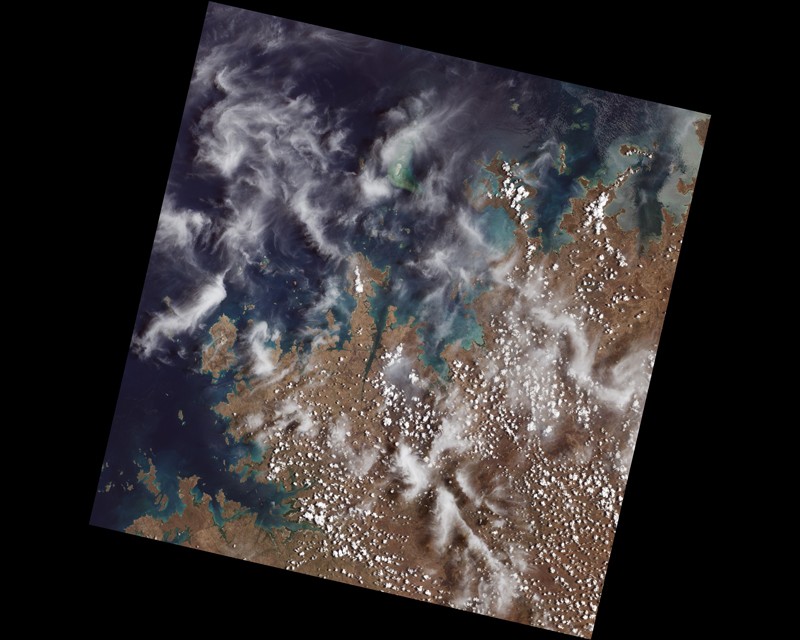Hello Nature readers, would you like to get this Briefing in your inbox free every day? Sign up here.
Field-programmable gate arrays (FPGAs) consist of hundreds or even millions of unconfigured logic elements on a silicon chip that, like clay, can be ‘moulded’ — and even re-moulded. They can accelerate applications ranging from genomic alignment to image processing to deep learning. FPGA technology dates to the mid-1980s, but improvements in design software have made it increasingly accessible.
Nature | 5 min read
Early data hint that two shots of the Pfizer—BioNTech vaccine might offer less protection against the Omicron coronavirus variant than against other strains. Laboratory experiments showed that a booster dose could restore protection against Omicron, said the companies in a press release that has not been peer reviewed.
“What else do you expect? This is a very mutated variant. We cannot expect it does nothing,” says virologist Alex Sigal. A small preprint study by Sigal and his colleagues at the Africa Health Research Institute in South Africa also found a drop in virus-fighting antibodies against Omicron in serum samples from people who had received two doses of vaccine. Two other studies released in the past day have found similar results. “The positive message is that existing tools can actually deal with it,” Sigal adds.
Nature | 5 min read
References: Pfizer–BioNTech press release & medRxiv preprint 1, preprint 2 & preprint 3
Features & opinion
Brazil has the largest amount of fresh water in the world. About 20% of all global inland water flowing to the oceans is generated in Brazilian territory. Yet much of the nation now faces drought. Climate researchers Augusto Getirana, Renata Libonati and Marcio Cataldi explain the complex processes that have created the crisis and describe a plan for how the country can avoid the worst outcomes.
Nature | 10 min read
Science communicator Bruce Kirchoff outlines three ways to ensure that your presentations are engaging and convey the importance of your research to a wide audience. State your main finding in your title, use repeated problems and solutions to create a story, and use the word ‘but’ for dramatic effect, he says.
Nature | 6 min read
Image of the week
This is among the first images collected by Landsat 9, an orbiting satellite run jointly by NASA and the US Geological Survey that launched in September. It shows part of the northwest coast of Australia, including clusters of dark-green mangrove swamps in protected inlets and bays. Fluffy cumulus clouds and wispy, high-altitude cirrus clouds hover above.
See more of the month’s sharpest science shots, selected by Nature’s photo team.


